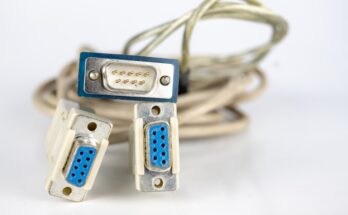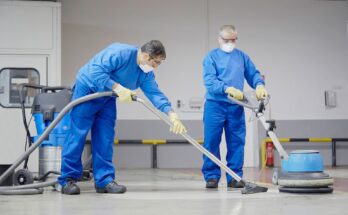Likewise, Ireland’s app fits hand-in-glove with its manual tracing program, which is equally if not more important to keeping coronavirus at bay. “If you test positive, the manual contact tracing team will ask you if you use the app, and if so, they ask if you’ll share keys so they can warn any close contacts through the app,” Harte explains.
This approach makes sense. While the manual tracing program is able to track down people who are acquainted with each other–say friends at a dinner party–the app is able to find people who are total strangers, for example people who have shared the same train carriage for an extended period of time.
3. Work in the open (or you won’t gain public trust)
Both Ireland and Germany have made the source code for their apps open for anyone to inspect. “We did that right from the start, so community feedback could go into the code before it went live,” says Thomas Klingbeil, who is responsible for the architecture of the Corona-Warn-App.
“The stance was that we’d use every tool available, including testing, distancing, masks, but we’d combine it with technology.”
Peter Lorenz, Germany’s Corona-Warn-App
Privacy and security concerns loom large for teams building these systems. Germans are particularly savvy about data protection, and developers there were conscious of the example of Norway, which had to suspend use of its app after criticism from its data privacy watchdog. Germany switched from building its own centralized app to one based on the Apple-Google API almost immediately, which proved to be a wise decision. Ireland did the same. And they both designed their apps with privacy in mind from the start, following a principle of “collect as little data as possible.” All of the information gathered by the apps stays on people’s phones rather than being sent to central servers. It is encrypted and automatically deleted after 14 days.
Both teams took a collaborative and cooperative approach, working across multiple agencies and companies, all focusing on a single goal that everyone could work toward. This–plus a healthy dose of goodwill from the public–seems to have made a significant difference to the success of their projects.
Crucially, the team engaged with critics rather than just dismissing them. You need to invest just as much time into transparency and community outreach as developing the technology, says Lorenz. “If people don’t trust it, it’s worthless. You have got to get people to buy into it,” he says.
4. Set the right parameters
Building a contact tracing app is hard. Although Apple and Google took away some of the burden of development, it’s still up to the authority in charge of the app to set the rules and parameters. How long do you have to spend with someone to be deemed likely to have caught coronavirus? Germany settled on 10 minutes. And how close do you need to be? Some countries say one meter, others say two. But these are tough questions given the basic science of transmission isn’t even settled yet. If you make the rules too loose, you end up letting people who might have been exposed to covid-19 slip through the net. On the other hand, if you’re too strict, the app sends off loads of unnecessary notifications, running the risk of irritating people to the point when they uninstall the app.
That’s why Germany’s public health body, the Robert Koch Institute, is running tests to simulate scenarios like cocktail parties or bus journeys. They are trying to fine tune the app’s parameters to the point where they measure exposure as accurately as possible, in order to avoid either of the problems outlined above.
5. Give it time
It’s too early to judge how effective contact tracing apps will be, given the first decentralized app launched just three months ago. And since the rollout coincided with lockdowns and other suppression methods, it has made some efforts look like failures because they aren’t sending many notifications.
But Ireland and Germany’s teams are quietly confident that as time goes on, the apps will prove more effective as part of an overall approach to battling the disease.
“We didn’t have this the first time around. This will make a big difference when the second wave comes,” says Lorenz.


